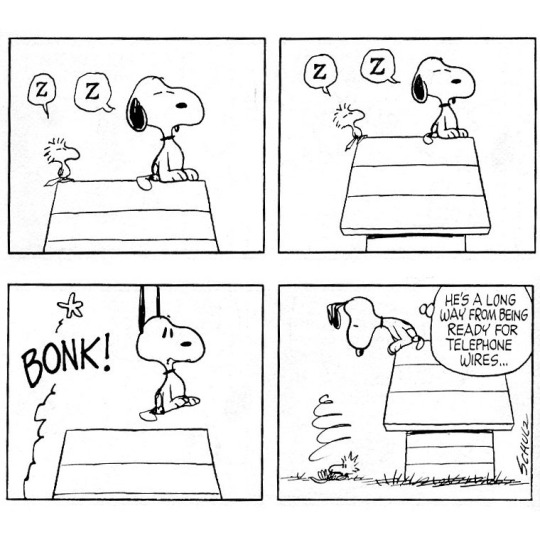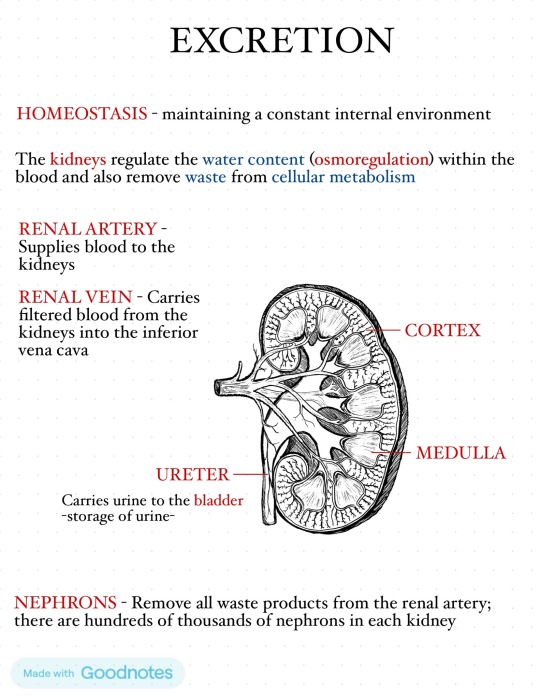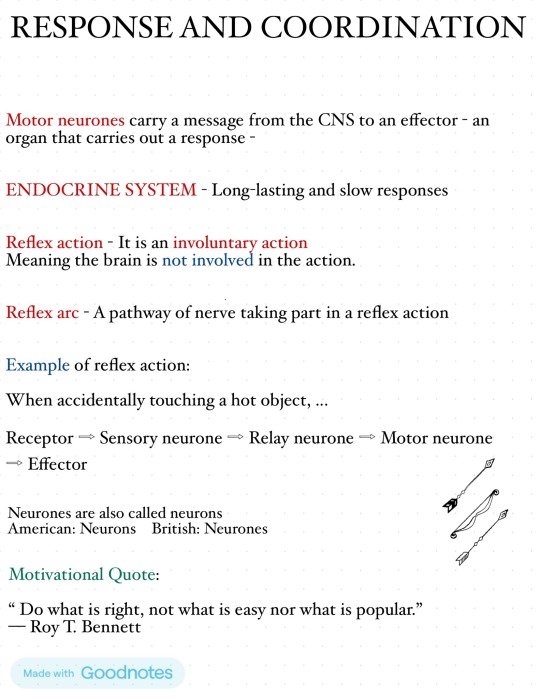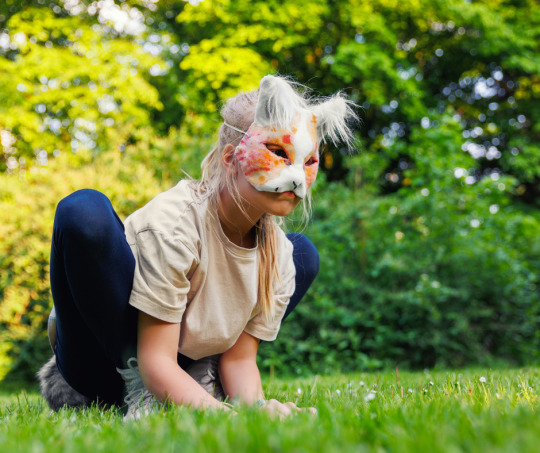#Coordination
Explore tagged Tumblr posts
Text

Stevenson Square, Manchester.
#serendipity#jumpsuit#chic#coordination#style#ootd#wiwt#wtwt#sartorial#cyber#denim#western#pit crew#Manchester#Mancorialist#pfe#nq#northern quarter#summerstyle#summerslam
194 notes
·
View notes
Text

167 notes
·
View notes
Text
we are one big man who jumps.
135 notes
·
View notes
Text

Some Days.
And other challenges.
47 notes
·
View notes
Text
I've never had the best sense of coordination. I can't bike, I can't catch thrown objects very easily, i couldn't skateboard or roller blade, I can't do any of these sorts of things that require skilled coordination. So i feel like i probably have some sort of natural problems with hand eye coordination. Maybe it's an autism thing? Hell if I know. It could just be a me thing. It's tricky, and yet i know it's probably not that important, either. But I can't help thinking about all of this stuff, and i just wonder why i'm like this.
I was inspired to write this post yesterday after seeing some people biking and roller blading on the ride home from school. It got me to thinking of my poor coordination skills, and that subsequently inspired this post. I know i'm posting this a day after I started writing it, but I just got distracted. So now i'm queuing it up to post while i'm at school.
#coordination#hand eye coordination#sense of balance#all things i struggle with#i never learned how to ride a bike#or do anything overly coordinated#i don't know why though#maybe it's#autistic#maybe it's just me#idk#asd#neurodivergent#adhd#my thoughts#random thoughts#thinking#thoughts#audhd#neurodiversity
11 notes
·
View notes
Text


Early Childhood - Sandpaper Letters
Sandpaper letters are a fundamental tool in our classrooms, offering tactile and visual experiences that enhance early literacy skills. When students trace the textured letters with their fingers, they engage their sense of touch, which helps reinforce the shape and form of each letter. This multisensory approach supports memory retention and fine motor skills development. Additionally, drawing the letters in the Sand Tray aids in the development of reading, writing, and learning to copy, further solidifying their understanding of letter formation and phonetics.
#tactile#visual#literacy#multisensory#memory retention#fine motor skills#hands on learning#purposeful activity#phonetics#order#concentration#coordination#independencetma#montessori#private school#arlingtontx#arlington#texas#infant#nido#toddler#early childhood#preschool#kindergarten#elementary#education#private education#nontraditional#the montessori academy of arlington
10 notes
·
View notes
Text
either foot works
#poll#polls#tumblr polls#pollblr#augmented polls#neurodivergent#autism#balance#coordination#gross motor skills#motor skills#dcd#developmental coordination disorder#dyspraxia#autistic#actually autistic#dancer#dance#balance beam#gymnastics
12 notes
·
View notes
Text
"I don't badly lack spatial awarness" *bumps into things plenty of times a day* *drops things plenty of times a day* *trips over air* *can't dance for shit, the lack of coordination is unbelievable* *loses balance frequently* "It's really not that bad!"
10 notes
·
View notes
Text
I have great balance... questionable coordination.
#i trip and stumble but i don't go down#balance#coordination#like put me on a balance board or slack rope and I'm fine#uneven ground expect me to flail like a bird learning to fly before announcing I'm fine
4 notes
·
View notes
Text

Ordsall Footbridge, Manchester.
#Roh#drummer#coordination#with#the#can#Manchester#Salford#Aviva Studios#Factory International#ootd#knee pockets#portrait
16 notes
·
View notes
Text



Almost summer!
#biology#igcse#science#study notes#study tips#studyblr#gcse#motivating quotes#neuron#excretion#coordination
9 notes
·
View notes
Text
Brain pathways: an information superhighway
Understanding the neural network
The brain, our body's conductor, is a complex network of billions of interconnected neurons. These neurons communicate with each other via specialized pathways known as nerve tracts. These pathways are essential for transmitting sensory, motor and cognitive information throughout the body.

Main brain pathways
1. The pyramidal pathway
- Role: The pyramidal pathway is primarily responsible for the voluntary control of movement. It connects the primary motor cortex to the motor neurons in the spinal cord, enabling the initiation and control of precise skeletal muscle movements.
- Components: It comprises the corticospinal bundle and the corticobulbar bundle.
- How it works: Nerve signals from the motor cortex travel down this pathway to activate the muscles concerned.
2. Sensory pathways
- Role: These pathways transmit sensory information from the body to the brain.
- Types of sensitivity:
o Tactile sensitivity: Allows us to perceive touch, pressure and vibration.
o Thermal sensitivity: Allows us to perceive heat and cold.
o Deep sensitivity: Allows us to perceive the position of limbs in space (proprioception) and joint movements.
o Pain sensitivity: Allows us to perceive pain.
- Pathway: Sensory information is transmitted by peripheral nerves to the spinal cord, then back to the brain via various ascending pathways.
3. Specific sensory pathways
- Visual: transmits visual information from the retina to the occipital lobe.
- Auditory: Transmits auditory information from the inner ear to the temporal lobe.
- Olfactory pathway: transmits olfactory information from olfactory receptors to the olfactory bulb.
- Taste pathway: transmits taste information from the taste buds to the taste cortex.
4. Proprioception pathway
- Role: Proprioception is the sense that enables us to know our body's position in space.
- How it works: Proprioceptive receptors in muscles, tendons and joints constantly send information to the brain about the state of muscle contraction, joint angle and limb position.
- Importance: Proprioception is essential for movement coordination, balance and posture.
Nerve pathway disorders
Damage to or dysfunction of these pathways can lead to a variety of neurological disorders, such as :
- Hemiplegia: Paralysis of one side of the body.
- Paresthesia: Sensation of numbness or tingling.
- Ataxia: Loss of coordination of movements.
- Blindness: Loss of vision.
- Deafness: Loss of hearing.
In conclusion
Brain pathways are complex networks that ensure communication between the brain and the body. Understanding how they work is essential for grasping the mechanisms underlying many physiological and pathological processes.
Go further
#nerve pathways#brain#neurology#neuroscience#pyramidal pathway#sensitivity#proprioception#nervous system#neuroanatomy#brain health#neurological disorders#brain anatomy#neurons#synapses#cerebral cortex#spinal cord#peripheral nerves#senses#perception#movement#coordination
2 notes
·
View notes
Text
Transform Your Body with Quadrobics 🏃♂️

Looking for a unique way to enhance your fitness routine?
Quadrobics might be just what you need!
Discover in our latest article:
9 amazing benefits of practicing quadrobics
How this dynamic workout can improve your strength, agility, and flexibility
Tips for beginners to get started
🔗 Read the full article here
What’s your experience with quadrobics? Let’s talk about it!
Thanks for following our blog! Stay tuned for more fitness tips and insights! 💪
#Quadrobics#FitnessJourney#StrengthTraining#Agility#BodyTransformation#UniqueWorkout#FitnessMotivation#ExerciseRoutine#FunctionalTraining#MovementCulture#AnimalFlow#Calisthenics#HealthAndWellness#BodyAwareness#Flexibility#Coordination#PhysicalFitness#Balance#Endurance#CoreStrength#HealthyLifestyle#FitnessGoals#Wellness#Movement#BodyweightTraining#StrengthAndConditioning#MindBodyConnection#ActiveLiving#WorkoutInspiration#FitnessCommunity
5 notes
·
View notes
Text


Toddler - Numbered Peg Boards
Look at that focus! The Numbered Peg Boards help toddlers develop fine motor skills and hand-eye coordination as they grasp and place the pegs into the holes. The numbered pegs introduce early math concepts, such as one-to-one correspondence, counting, and number recognition. Additionally, independence and self-confidence are fostered as students complete this work on their own, all while promoting cognitive and physical development.
#focus#fine motor skills#purposeful activity#hands on learning#experiential learning#problem solving#order#concentration#coordination#independence#tma#montessori#private school#arlingtontx#arlington#texas#infant#nido#toddler#early childhood#preschool#kindergarten#elementary#education#private education#nontraditional#the montessori academy of arlington
12 notes
·
View notes
Text
V6 with a coordination move start
#V6#DelawareRockGym#DRG#problem#route#climb#climber#climbing#rockclimbing#bouldering#boulderer#rockclimber#boulder#coordinationmove#coordination
5 notes
·
View notes